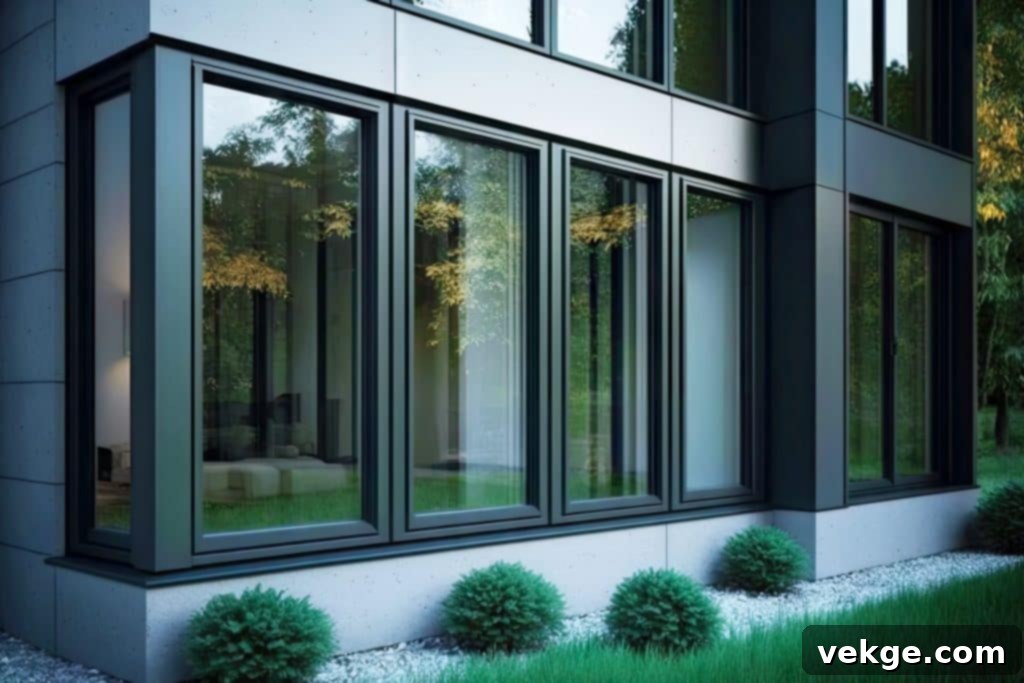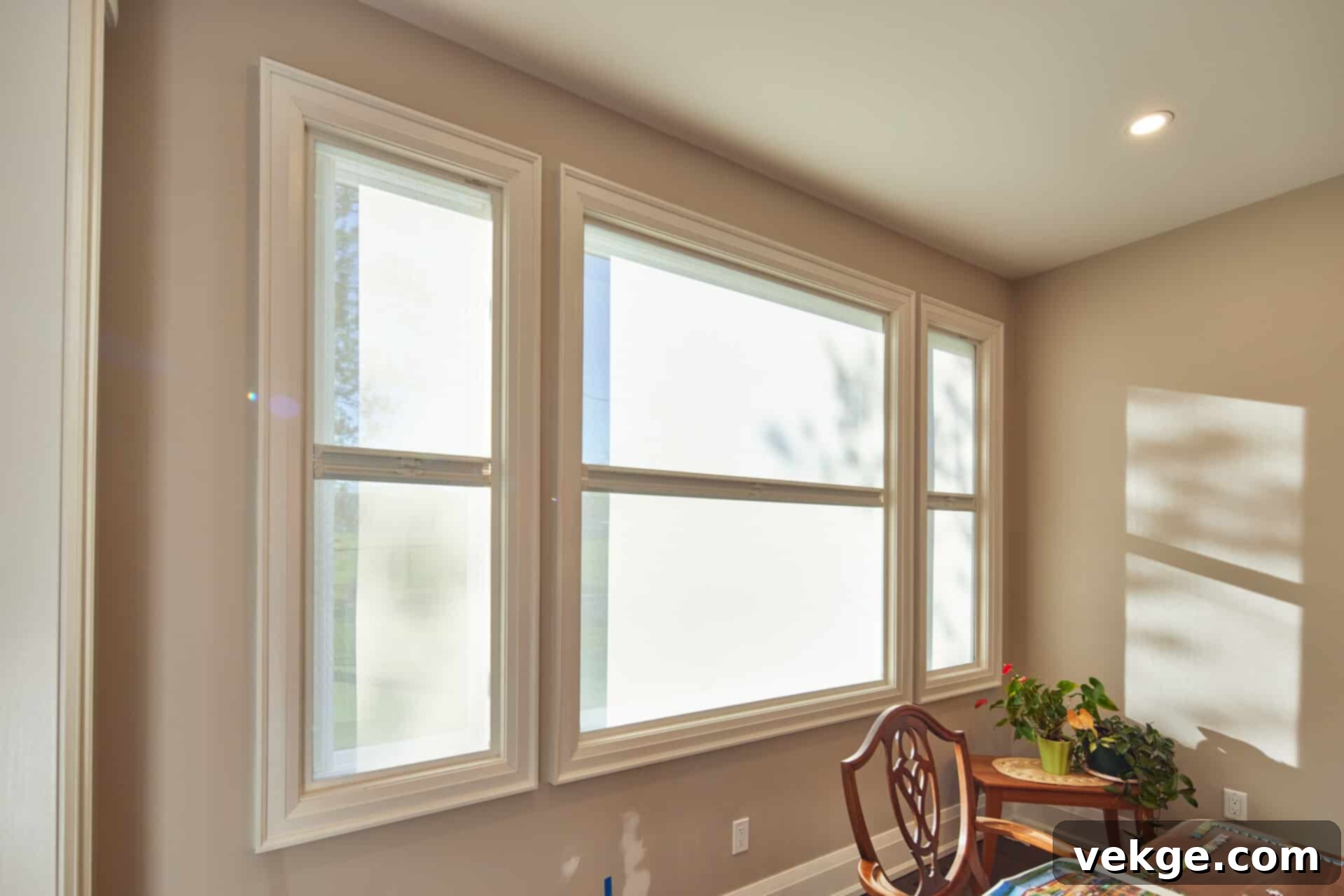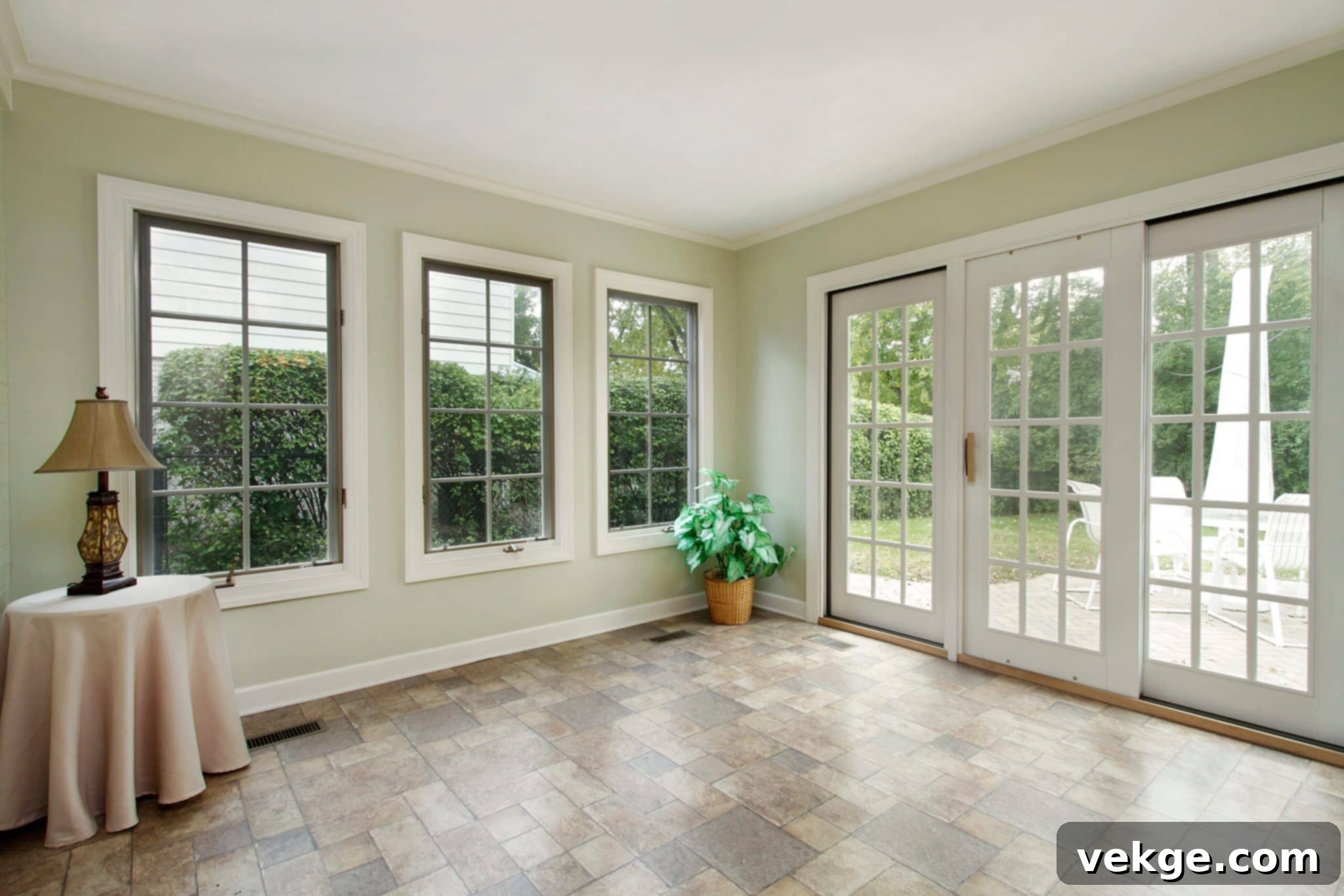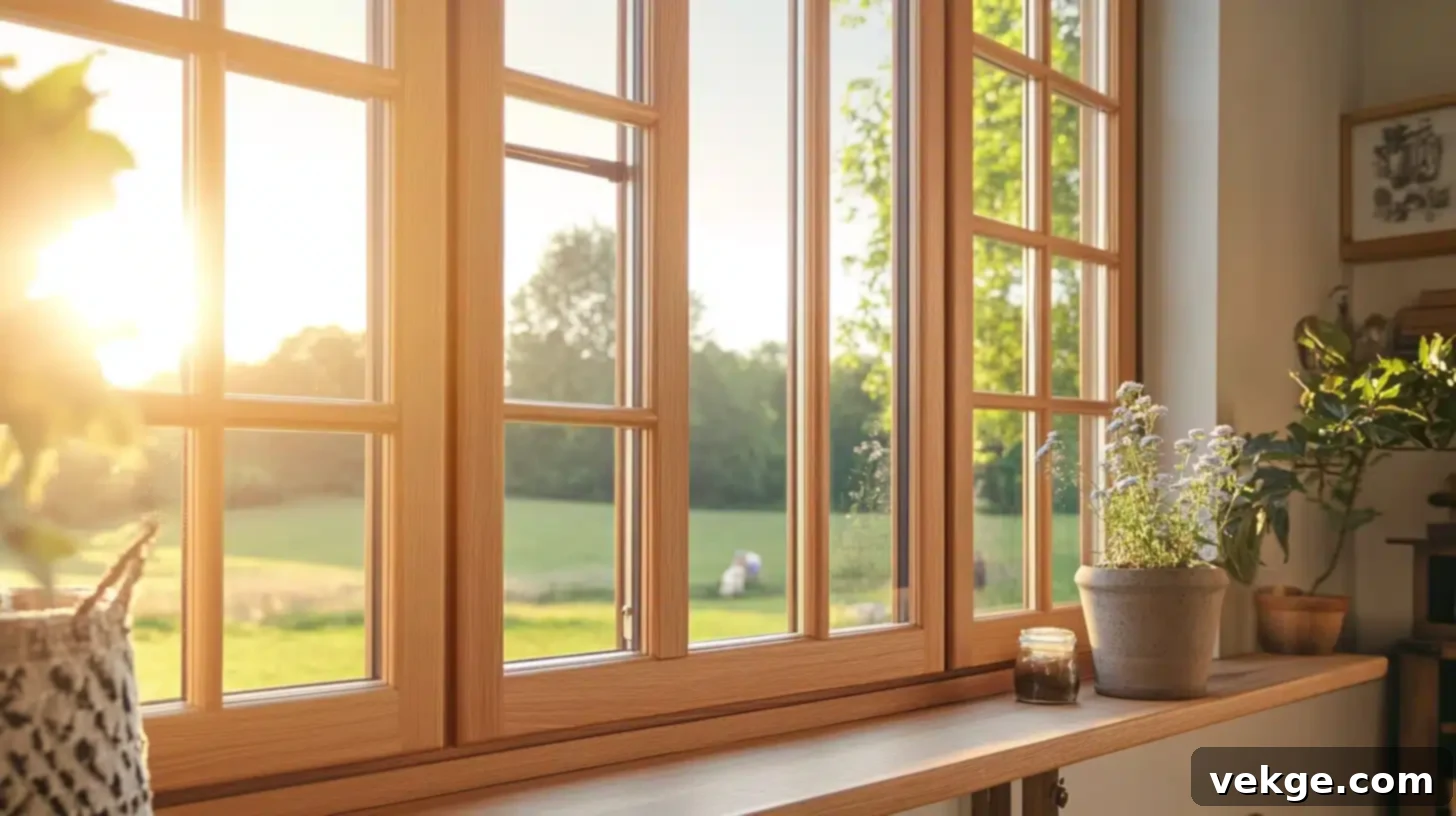Timber vs. Aluminium Windows: The Ultimate Guide to Choosing the Best for Your Home
Choosing the right windows is a pivotal decision for any homeowner. It’s not merely about aesthetics; it’s a significant investment that impacts your home’s comfort, energy efficiency, security, and long-term value. When faced with the classic dilemma of timber vs. aluminium windows, many find themselves weighing the distinct advantages and disadvantages of each material. Both timber and aluminium offer unique benefits, catering to different architectural styles, functional needs, and personal preferences. This comprehensive guide will break down every essential aspect, helping you navigate the options and make the most informed decision for your unique home.
Strength and Durability: A Deep Dive into Window Frame Materials

When it comes to the sheer structural integrity and resilience of window frames, aluminium windows often take the lead. Aluminium is an exceptionally robust material, renowned for its high strength-to-weight ratio. This inherent strength allows aluminium frames to support much larger expanses of glass, including the heavier double or even triple-glazed units increasingly popular for their superior insulation properties. If your vision includes dramatic, oversized feature windows that stretch across an entire wall, or expansive sliding and bifold doors that seamlessly connect indoor and outdoor spaces, aluminium is undoubtedly the ideal choice.
The impressive brawn of aluminium also facilitates the creation of exceptionally slim frame profiles. This minimalist design translates into a significantly larger glass area, maximizing the amount of natural light that floods your home and offering unobstructed views. Furthermore, aluminium frames are inherently resistant to warping, rotting, and rust, ensuring their structural integrity remains intact for decades, even in challenging weather conditions.
However, it would be premature to dismiss timber windows as less durable. For standard-sized window installations, a well-constructed timber frame is more than sturdy enough to provide excellent support and security. Timber’s natural density and fibrous structure offer remarkable strength, and historically, wooden windows have graced homes for centuries, proving their longevity when properly maintained. While truly supersized timber installations might require additional structural reinforcement, such as elegant mullions or transoms, these elements can actually enhance the window’s architectural charm and contribute to a classic, gridded aesthetic. Incorporating a decorative grid pattern with these reinforcements can elevate your home’s style, adding character and a touch of traditional craftsmanship.
Both materials offer excellent security when paired with appropriate glazing and locking mechanisms, though the inherent rigidity of aluminium often allows for more sophisticated multi-point locking systems within its slim profiles. Ultimately, the choice here often depends on the scale of your design ambitions and the specific load-bearing requirements of your windows.
Maintenance Matchup: Timber vs. Aluminium Window Care
Let’s be honest, few homeowners relish the thought of high-maintenance tasks, especially when it comes to their windows. In the realm of upkeep, aluminium windows truly shine, demanding minimal attention to retain their pristine condition. This ease of maintenance is largely attributed to the durable powder coating applied during their manufacture. This finish is not only incredibly easy to clean – often just a wipe with soapy water – but it also boasts impressive colour retention, resisting fading, chipping, or peeling even under the relentless gaze of the sun and exposure to harsh elements. Aluminium windows can reliably last for decades, often exceeding 40 years, with remarkably little fuss, making them a top choice for busy households seeking a ‘fit and forget’ solution.
Timber windows, on the other hand, crave a bit more hands-on attention to preserve their natural beauty and extend their lifespan. Regular inspection is crucial to identify any signs of wear, such as flaking paint, minor cracks, or potential moisture ingress. Periodic refinishing – which typically involves sanding, priming, and applying a fresh coat of paint or stain – is key to protecting the wood from the elements and preventing rot or pest infestation. While this hands-on approach might not appeal to everyone, it offers unique advantages. Maintenance allows for colour changes, customisation, and the satisfying process of restoring the window to its original glory. With proper, consistent care, timber windows can easily last for many decades, often outliving other window types, making them a truly heritage-worthy investment. The decision often boils down to a lifestyle preference: do you prefer minimal intervention or are you willing to invest time in maintaining a truly classic material?
The Eco-Conscious Choice: Sustainability and Environmental Impact

In the evolving conversation around sustainability, aluminium frequently emerges as a frontrunner. Its most significant environmental advantage is its 100% recyclability. Aluminium can be melted down and reformed into new products countless times without any loss of quality. This means that even after your aluminium windows have lived a long and prosperous life, they can be reincarnated into new windows, construction materials, or even consumer products like beverage cans. The energy required to recycle aluminium is significantly less – up to 95% less – than the energy needed to produce new aluminium from raw bauxite ore, drastically lessening its environmental impact and carbon footprint over its lifecycle. Furthermore, modern manufacturing processes for new aluminium are continually becoming more energy-efficient and rely on renewable energy sources, further enhancing its green credentials.
However, it would be a mistake to discount timber windows too quickly in the sustainability showdown. Wood is a naturally renewable resource, and when sourced responsibly, it can be an exceptionally eco-friendly choice. To ensure you’re choosing an environmentally sound option, always look for timber that is certified by organisations like the Forest Stewardship Council (FSC) or the Programme for the Endorsement of Forest Certification (PEFC). These certifications guarantee that the timber comes from forests managed in an environmentally appropriate, socially beneficial, and economically viable manner. Timber also acts as a carbon sink, meaning it absorbs and stores carbon dioxide from the atmosphere during its growth, effectively locking it away for the lifetime of the window. This makes responsibly sourced timber a carbon-negative material initially, contributing positively to reducing greenhouse gas emissions.
Moreover, aligning with eco-friendly practices extends beyond just the material itself. The entire construction industry is moving towards more sustainable methods, such as utilizing Building Information Modeling (BIM) to reduce construction waste – a responsibility shared by all building material manufacturers, from those utilizing wooden window frames to companies working with aluminium. Both materials, when carefully selected and responsibly managed, can contribute positively to a home’s overall environmental profile, offering choices for different eco-conscious priorities.
Cost Factor: Budgeting for Your Ideal Windows
When it comes to financial planning, the initial cost of timber vs. aluminium windows can often be a complex equation, influenced by numerous variables. While aluminium windows have historically been perceived as the more budget-friendly option, this isn’t always a clear-cut truth in today’s market. The price tag for both materials varies greatly depending on factors such as the size and design intricacy of the window, the type and quality of wood (for timber), the specific finish or powder coating (for aluminium), the chosen glazing options (e.g., double, triple, low-emissivity), and the manufacturer’s reputation and warranty.
Typically, high-quality timber windows, especially those crafted from premium hardwoods or featuring bespoke designs, can have a higher upfront cost than standard aluminium units. However, this initial investment in timber often reflects the material’s natural beauty, excellent insulation properties, and the skilled craftsmanship involved in its production. Conversely, while basic aluminium frames might be more affordable initially, specialized finishes, larger sizes, or advanced thermal break technology can elevate their price significantly.
Beyond the initial purchase, it’s crucial to consider the long-term cost implications. Aluminium’s superior durability and minimal maintenance requirements often translate into lower ongoing expenses over its long lifespan, reducing the total cost of ownership. You won’t be factoring in regular painting or staining, which can save considerable time and money. Conversely, sustainably sourced timber can actually enhance your home’s energy efficiency more effectively than basic aluminium frames, leading to lower heating and cooling bills. Additionally, high-quality timber windows are often seen as a premium feature that can significantly boost your home’s curb appeal and resale value.
To make an informed financial decision, it is essential to request detailed quotes for both types of windows that meet your specific requirements. Factor in not just the purchase price but also potential installation costs, expected maintenance expenses over a 10-20 year period, and any potential savings on energy bills. You might be surprised by how the total cost of ownership aligns with your budget and values.
Aesthetics: Shaping Your Home’s Visual Identity

The visual impact of your chosen window material is undeniably one of the most significant factors, as it profoundly influences your home’s overall character and curb appeal. The charm and warmth exuded by timber windows resonate deeply with more traditional, classic, rustic, or heritage architectural styles. Picture a cozy cottage with exposed beams, a stone fireplace, or a grand Victorian residence – timber windows seamlessly blend into and enhance these settings, adding an authentic and timeless elegance. The natural grain patterns, the ability to be painted or stained in virtually any colour, and the inherent depth of wood contribute to a sense of handcrafted quality and a connection to nature. Timber offers unparalleled customisation when it comes to profiles and mouldings, allowing homeowners to perfectly match existing period features or create a truly bespoke look.
On the flip side, aluminium windows, with their sleek, clean lines, minimalist vibe, and sharp finishes, often complement contemporary, modern, and industrial architectural designs. Imagine a loft apartment with polished concrete floors and expansive floor-to-ceiling windows – that’s where aluminium truly shines. Its ability to create large, uninterrupted glass areas with very slim frames allows for maximum light penetration and panoramic views, a hallmark of modern design. Aluminium frames are available in a vast array of powder-coated colours, from bold contemporary hues to subtle metallic finishes, offering incredible design flexibility to match specific colour palettes and architectural visions. For homes striving for a sophisticated, uncluttered, and cutting-edge aesthetic, aluminium is the undisputed champion.
Ultimately, your choice in aesthetics should align with your personal style, the existing architecture of your home, and the desired atmosphere you wish to create. Both materials offer distinct visual narratives, and understanding these can help you select the perfect match to complete your home’s identity.
Beyond Timber and Aluminium: Exploring Innovative Window Frame Materials
Innovation in construction materials is an ongoing process, and the world of window frames is no exception. While timber and aluminium remain the stalwarts, new materials and composite solutions are increasingly stepping into the limelight, offering exciting alternatives that combine the best properties of traditional options. These innovative choices are particularly appealing to homeowners looking for enhanced performance, specific aesthetic blends, or even greater sustainability.
The Rise of Composite Options
One of the most popular innovations is the development of composite window frames, which often aim to combine the distinct benefits of wood and aluminium in a single, high-performing unit. Imagine frames that feature a timber core for superior natural insulation and interior warmth, expertly encased in a protective aluminium cladding on the exterior. This intelligent design offers the elegant, natural beauty and insulating properties of timber indoors, while benefiting from the weather resistance, low maintenance, and modern aesthetic of aluminium on the outside. Such hybrid solutions typically demand less upkeep than traditional all-wood windows, making them a ‘best of both worlds’ option for many homeowners. They offer excellent thermal performance, improved durability against external elements, and a versatile aesthetic that can blend traditional interiors with modern exteriors.
Other Emerging Materials
Beyond wood-aluminium composites, other advanced materials are also gaining traction. Fiberglass windows, for instance, are highly durable, dimensionally stable (meaning they resist warping and expanding), and offer excellent thermal performance, making them a strong competitor. uPVC (unplasticized polyvinyl chloride) windows have long been a popular choice in many regions due to their cost-effectiveness, high energy efficiency, and minimal maintenance needs, though they offer a different aesthetic compared to timber or aluminium.
These newer alternatives, including innovative composite options, often play a crucial role in boosting a home’s overall energy efficiency. Their advanced construction and superior insulation properties can significantly reduce heat transfer, leading to lower utility bills and a more comfortable indoor environment year-round.
Key Considerations for Advanced Materials
When exploring these newer alternatives, it’s vital to consider a range of factors to ensure they align with your long-term goals:
- Longevity and Durability: How long are these materials expected to last, and how do they stand up to various environmental conditions?
- Maintenance Requirements: Do they truly offer the low maintenance they promise, or are there hidden upkeep tasks?
- Cost Implications: While potentially more expensive upfront, do their energy savings and durability offer a better long-term return on investment?
- Environmental Impact: What is their lifecycle assessment, including production, use, and end-of-life disposal or recycling?
- Aesthetic Versatility: Can they be customized to match your desired architectural style and colour palette?
While still a relatively new development in some markets, window frames made from these advanced materials hold a lot of potential for both homeowners and the construction industry. As research and development continue to advance, it’s safe to expect even more sustainable, durable, and aesthetically versatile options to hit the market, further expanding the choices beyond traditional timber and aluminium.
Timber vs. Aluminium Windows: Making the Right Decision for Your Home
Ultimately, there is no one-size-fits-all answer in the enduring debate of timber vs. aluminium windows. Both materials boast a distinct set of advantages and characteristics that might be a perfect fit for one home and entirely unsuitable for another. The key to making the right choice lies in understanding these benefits and carefully weighing them against your personal priorities, lifestyle, aesthetic preferences, and environmental values. Your windows are a long-term investment, and an informed decision will pay dividends in comfort, efficiency, and satisfaction for years to come.
Essential Factors for Your Window Selection:
- Energy Efficiency: How critical are energy savings and maintaining a consistent, comfortable indoor environment to you? Timber offers natural insulation, while aluminium often requires thermal breaks to achieve comparable performance. Both can be highly efficient with the right glazing.
- Style Preferences: Do you gravitate towards the timeless warmth and traditional charm of natural wood, or does the sleek, minimalist, and modern aesthetic of aluminium better suit your home’s design and your personal taste?
- Maintenance Tolerance: Are you comfortable with the periodic maintenance (painting, staining, inspection) required to preserve timber’s beauty, or do you prefer the near ‘set-and-forget’ low-maintenance nature of powder-coated aluminium?
- Budget Considerations: What is your allocated budget for new windows, and how does the initial cost of each option, alongside potential installation expenses and future maintenance outlays, fit into your overall financial picture? Consider both upfront and long-term costs.
- Environmental Values: Do the materials’ sustainability credentials, such as timber’s renewability and carbon sequestration or aluminium’s infinite recyclability, play a significant role in your decision-making process?
- Architectural Context: Consider the existing style of your home and neighbourhood. Will the chosen material enhance or detract from its overall character?
- Location and Climate: Harsh weather conditions, high humidity, or extreme temperature fluctuations might influence which material offers better long-term performance and durability in your specific environment.
So there you have it—a comprehensive look at timber vs. aluminium windows, each with its own compelling set of advantages and important considerations. It all boils down to carefully evaluating your specific needs, your personal style preferences, and the practical implications of each choice. Remember, knowledge is power when making such a significant investment in your home’s future.
